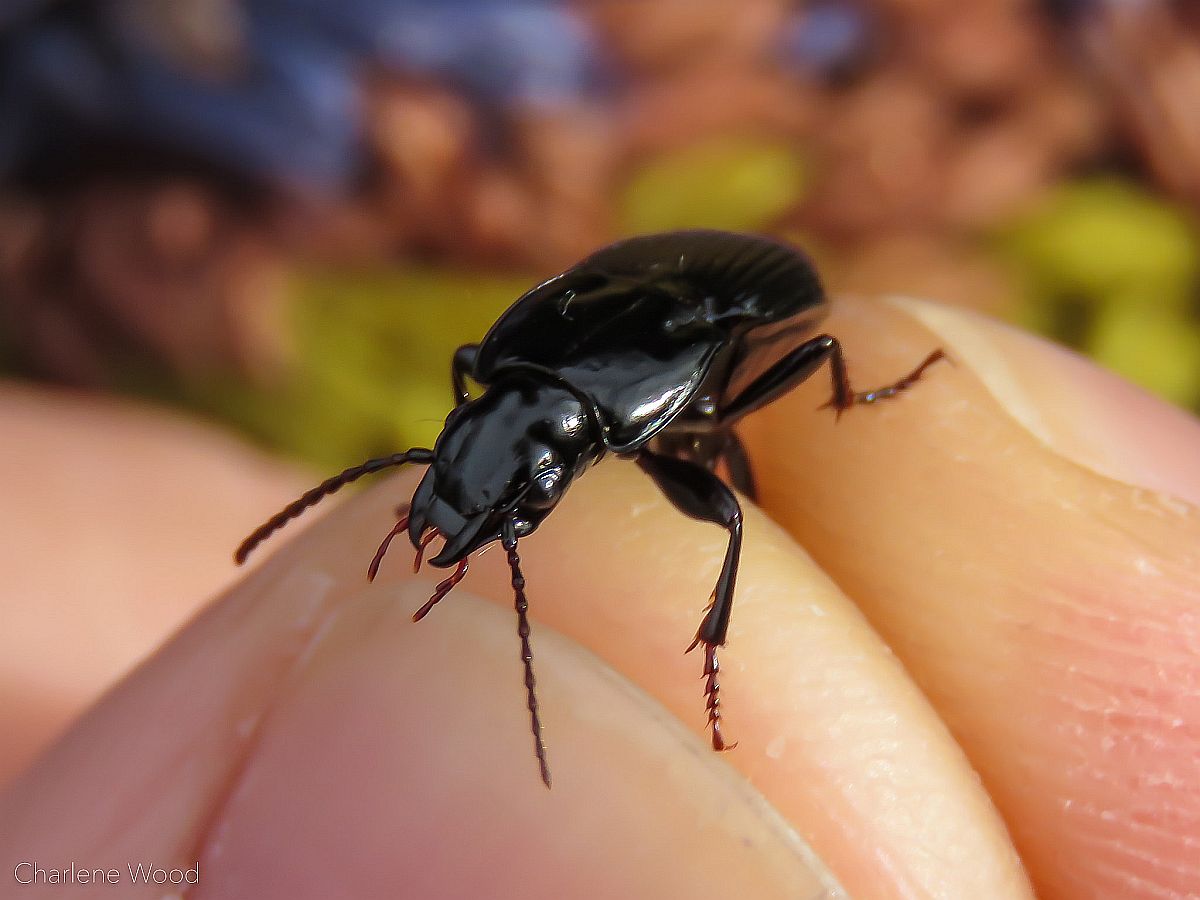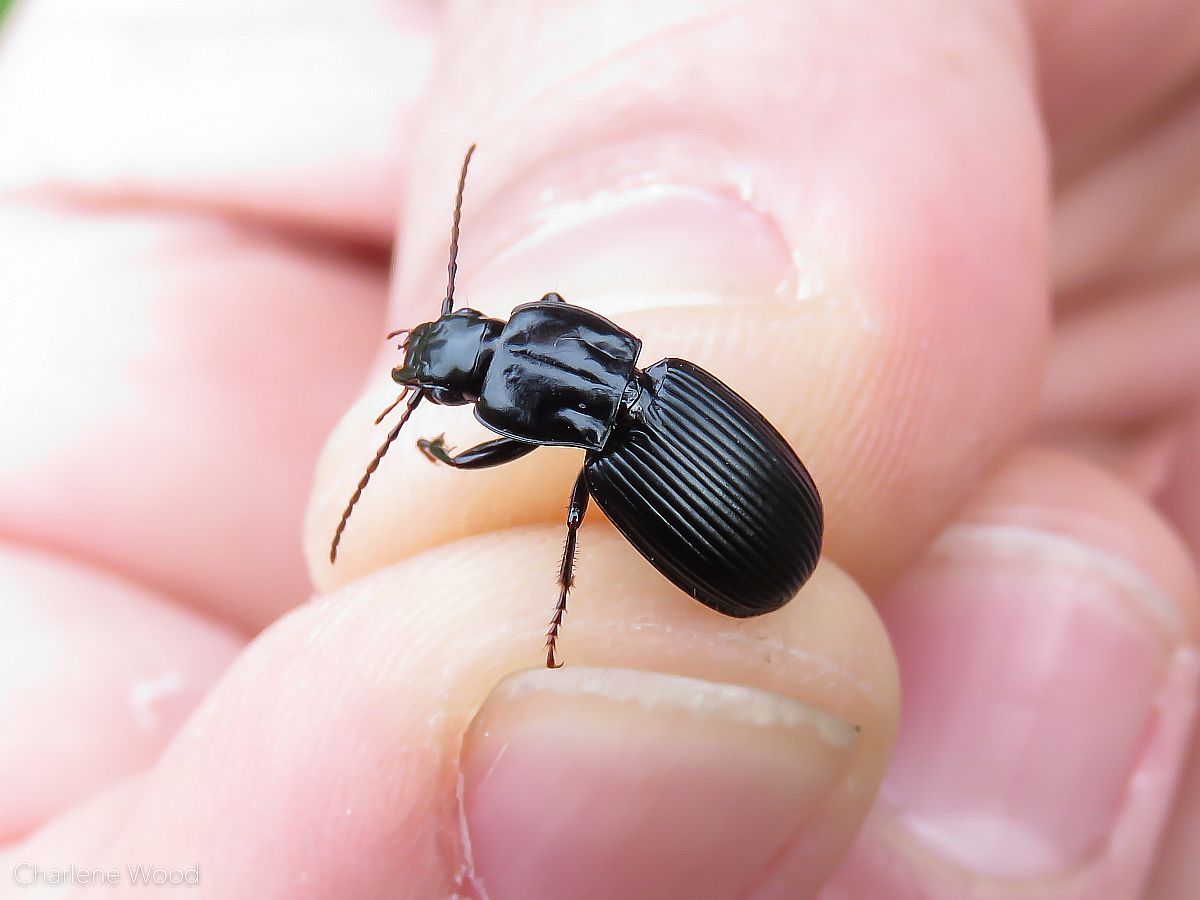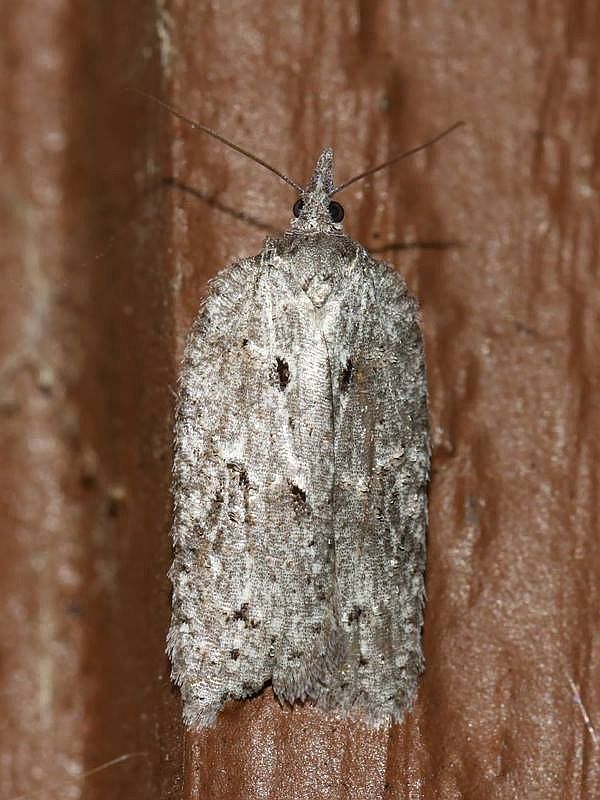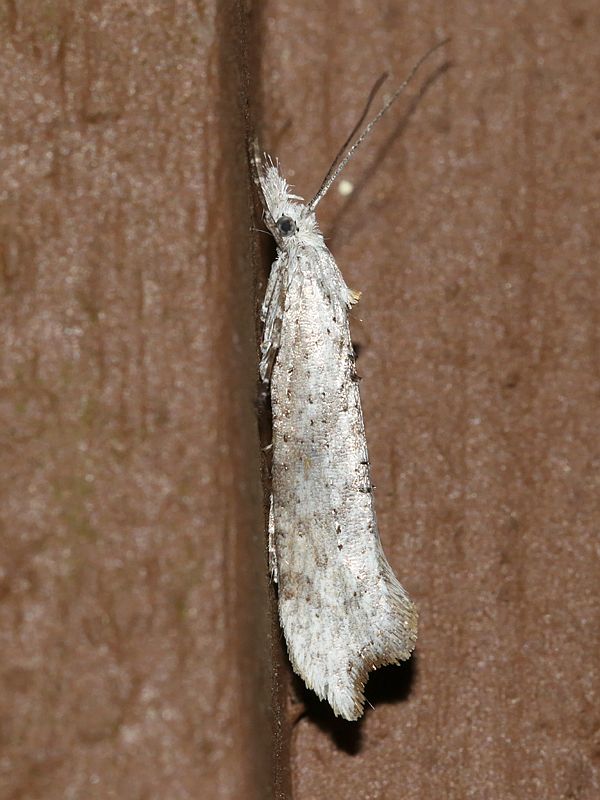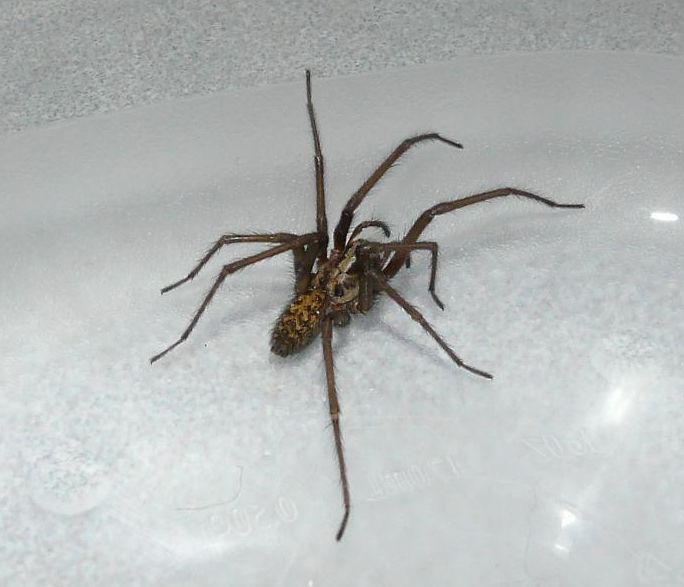2016 February 18
Jeremy Gatten writes: There have been several photos of Hypena californica over the years you’ve been running the Invert Alert, and many illustrate why it belongs to the group called “snout moths”. I am not sure if there have been any side profile shots, which is really quite an interesting angle to view them from. I had my first one of the year on Tuesday evening and it cooperated for just such a shot. Recently, I’ve also had my first Morning-glory Plume Moth (Emmelina monodactyla) but have no pictures to show for it.
Jeremy Tatum writes: I believe the long “snouts” of the moths in the genus Hypena are the labial palps. Most (presumably all) butterflies and moths have these, but they are especially prominent and forward-directed in Hypena – hence the name “snouts” for the moths. The palpi (or palps) are a pair of organs on either side of the labium, or lower lip. I’m not sure what they do, but they seem to be used for touching things to see if they might be if interest, such as food. It may come from a Latin verb palpare, to feel. We have an adjective “palpable”, as in the atmosphere was almost palpable. Or, to share a delicious malapropism that I heard on the CBC recently: as Her Majesty approached, the atmosphere of excitement and anticipation was almost culpable.
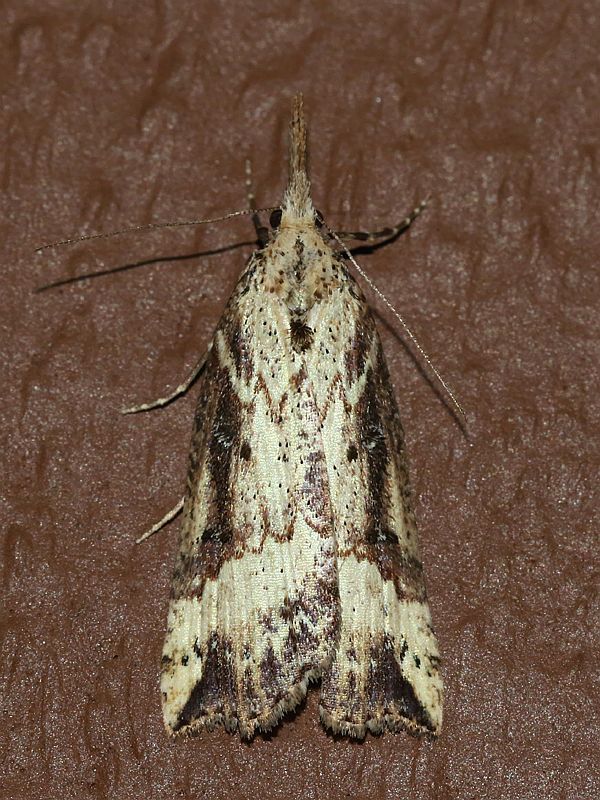
Hypena californica (Lep.: Erebidae – Hypeninae) Jeremy Gatten
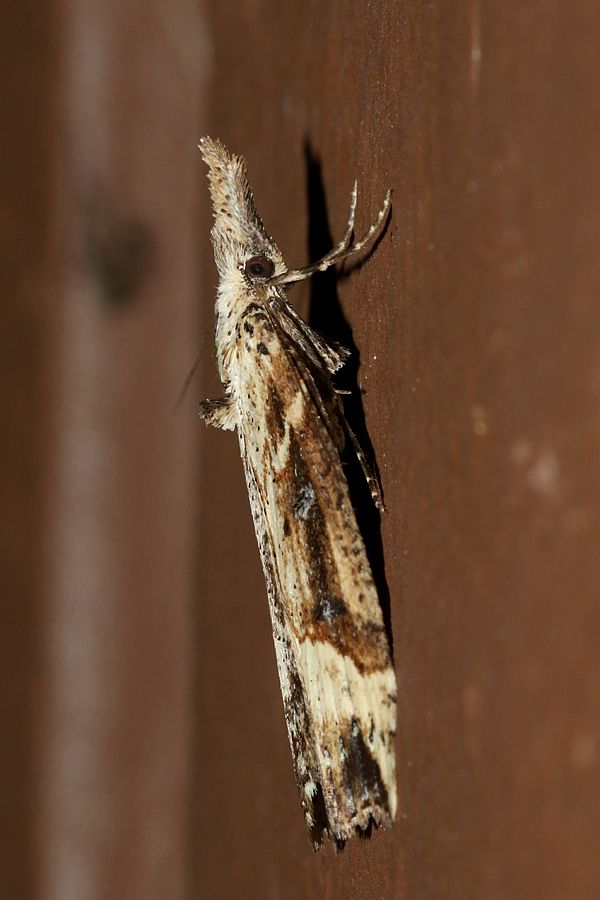
Hypena californica (Lep.: Erebidae – Hypeninae) Jeremy Gatten

